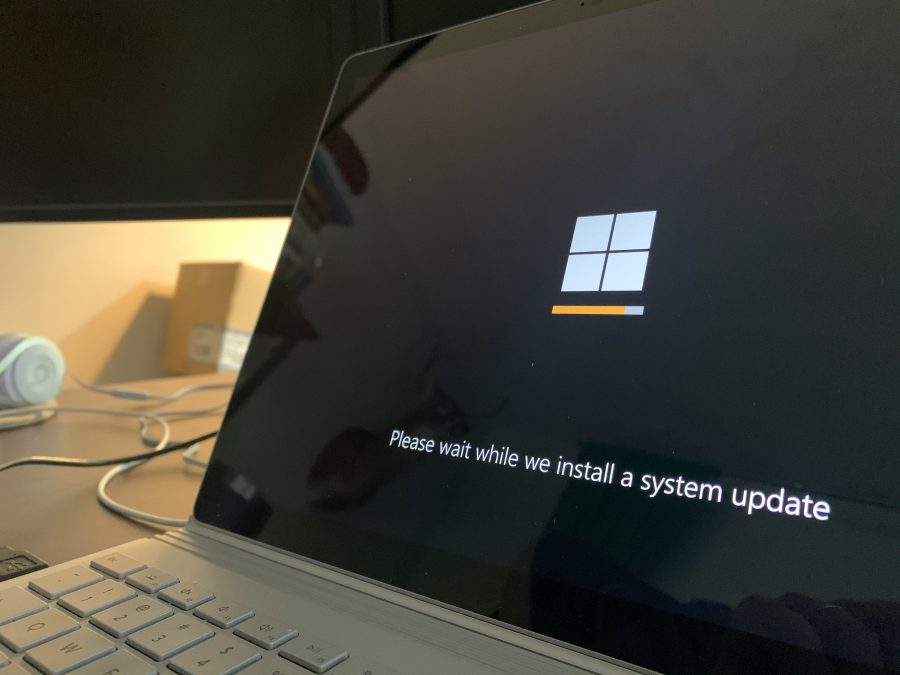The opioid crisis has grown into an alarming and multifaceted public health emergency, posing a grave threat to communities in the United States and worldwide. The catastrophic consequences of opioid abuse, including addiction, fatal overdoses, and shattered lives, have spurred an urgent quest for innovative solutions to confront this crisis. Amid this search for answers, blockchain technology has emerged as a beacon of hope, offering the potential to revolutionize prescription drug monitoring. In this article, we delve into the depths of the opioid crisis, shedding light on its harrowing impact and the limitations of current prescription drug monitoring programs.
We then embark on an exploration of how blockchain technology can be harnessed to transform healthcare’s critical facet—prescription drug monitoring. By leveraging the power of blockchain, we aim to not only enhance the oversight of prescription medications but also potentially save lives and staunch the devastating tide of the opioid epidemic.
The Opioid Crisis: An Escalating Tragedy
The opioid crisis is a multifaceted public health emergency characterized by the widespread misuse and abuse of opioid drugs, both prescription and illicit. Opioids, including prescription painkillers like oxycodone, hydrocodone, and fentanyl, as well as illegal drugs like heroin, have left a trail of devastation in their wake. According to the Centers for Disease Control and Prevention (CDC), more than 841,000 people died from a drug overdose in the United States from 1999 to 2019, with opioids being a primary driver of this epidemic.
The crisis is fueled by several factors, including overprescribing of opioids by healthcare providers, inadequate patient monitoring, diversion of prescription drugs to the illicit market, and the influx of highly potent synthetic opioids like fentanyl. Traditional prescription drug monitoring programs (PDMPs) have been established in many states to track and regulate the prescription of controlled substances. However, these systems have limitations that make them less effective in addressing the crisis comprehensively.
The Limitations of Traditional PDMPs
Traditional PDMPs rely on centralized databases that collect prescription data from healthcare providers and pharmacies. While these programs have been valuable in identifying potential instances of overprescribing or “doctor shopping” (patients seeking multiple prescriptions from different providers), they have inherent shortcomings:
- Data Silos: PDMPs are typically state-specific, leading to data fragmentation and limited access to patient records across state lines. This allows patients to bypass monitoring by seeking prescriptions in multiple states.
- Privacy Concerns: Centralized databases store sensitive patient information, raising privacy concerns and the risk of data breaches.
- Delayed Data Updates: PDMPs may experience delays in updating prescription data, making real-time monitoring and intervention challenging.
- Limited Data Sharing: Collaboration between states or across healthcare systems is often cumbersome due to incompatible systems and privacy regulations.
Blockchain’s Potential to Transform Prescription Drug Monitoring
Blockchain technology offers a decentralized, secure, and transparent solution to the challenges faced by traditional PDMPs. Here’s how blockchain can revolutionize prescription drug monitoring:
- Decentralized Data Sharing: Blockchain enables secure, decentralized data sharing across healthcare providers, pharmacies, and states, ensuring that up-to-date patient prescription data is accessible to authorized parties in real-time. This prevents patients from exploiting data silos by seeking multiple prescriptions in different locations.
- Immutable Records: Each prescription and patient interaction is recorded as a tamper-proof transaction on the blockchain. This ensures the integrity of prescription data, reducing the risk of fraudulent activities.
- Enhanced Privacy: Blockchain can be designed to prioritize patient privacy. Patients can grant explicit consent for their data to be accessed, and access can be limited to authorized healthcare professionals, improving confidentiality.
- Interoperability: Blockchain’s interoperable nature allows different healthcare systems and states to connect seamlessly, fostering collaboration in monitoring and regulating prescriptions.
- Smart Contracts: Smart contracts can automate processes, such as verifying a patient’s prescription history before issuing a new prescription. This reduces the burden on healthcare providers and enhances accuracy.
- Real-time Alerts: Blockchain-based systems can trigger real-time alerts to healthcare providers when they encounter patients with concerning prescription histories, facilitating early intervention and preventing overprescribing.
The Road Ahead: Implementing Blockchain-Based PDMPs
The path forward in implementing blockchain-based Prescription Drug Monitoring Programs (PDMPs) is paved with promise and complexity. The potential benefits of these blockchain-powered systems are undeniably substantial, promising enhanced transparency, security, and efficiency in prescription drug oversight. However, their successful integration into the healthcare ecosystem requires a concerted effort and collaboration among a multitude of stakeholders.
First and foremost, government agencies, healthcare providers, and technology developers must come together in a unified effort to design and deploy blockchain-based PDMPs effectively. This collaborative approach is essential to ensure that the systems are not only technically sound but also aligned with the needs and requirements of healthcare professionals, regulatory bodies, and patients. Interdisciplinary cooperation is imperative to navigate the intricacies of healthcare data management and regulation.
Addressing privacy concerns looms as a paramount challenge.
Blockchain, by design, ensures data integrity and security, but it must also strike a delicate balance between transparency and confidentiality. Patient privacy must be safeguarded at all costs, and the blockchain architecture should incorporate robust encryption and access control mechanisms to protect sensitive health information. Striking this balance necessitates meticulous planning and adherence to stringent data protection regulations.
Regulatory compliance is another pivotal facet of implementing blockchain-based PDMPs. These systems must align with existing healthcare regulations, such as HIPAA (Health Insurance Portability and Accountability Act) in the United States, as well as evolving blockchain-specific regulations. Navigating this complex regulatory landscape requires a deep understanding of both healthcare and blockchain industries and a proactive approach to compliance.
In tandem with regulatory compliance, robust security measures are mandatory, especially in the context of Electronic Health Records (EHR) software integrated into blockchain-based PDMPs.
These systems must be fortified against cyber threats and data breaches, given the sensitive patient information they handle. Incorporating cutting-edge cybersecurity protocols, intrusion detection systems, and continuous monitoring is indispensable to maintain the sanctity of the data stored on the blockchain and within the EHR software. The integration of EHR software into the blockchain ecosystem introduces additional layers of complexity and potential vulnerabilities, making it paramount to implement stringent security measures. These measures should encompass end-to-end encryption of health records, secure access control mechanisms, and advanced authentication protocols to ensure that patient data remains confidential and protected from unauthorized access or malicious attacks. As the convergence of blockchain technology and EHR software (curemd dotcom/top-ehr-vendors) continues to evolve, healthcare organizations must remain vigilant in their cybersecurity efforts to safeguard patient privacy and maintain the integrity of their data.
It is essential to acknowledge that blockchain technology, while a powerful tool, is not a panacea for the opioid crisis.
Instead, it should be viewed as a valuable component within a broader harm reduction strategy. Effective combat against the opioid epidemic necessitates multifaceted approaches encompassing public health initiatives, addiction treatment, mental health support, and community engagement. Blockchain-based PDMPs can serve as a catalyst for change, enhancing prescription drug oversight and aiding in the prevention of opioid abuse. However, their success ultimately depends on the collaborative efforts of stakeholders, meticulous attention to privacy and security, and steadfast commitment to regulatory compliance.
Conclusion
The opioid crisis persists as a grave and multifaceted public health challenge, calling for innovative solutions capable of tackling its complex nature comprehensively. In this critical juncture, blockchain technology emerges as a beacon of hope, poised to revolutionize the landscape of prescription drug monitoring. Its inherent characteristics of decentralization, transparency, and security offer a promising pathway toward bolstering patient safety, enhancing regulatory oversight, and, perhaps most importantly, saving lives.
As we persistently grapple with the profound challenges posed by the opioid crisis, the exploration and implementation of blockchain-based Prescription Drug Monitoring Programs (PDMPs) stand as a pivotal and necessary stride toward forging a healthcare system that is not only more secure and transparent but also more accountable. This innovative approach to drug monitoring has the potential to transform the way we combat opioid abuse, curbing the epidemic’s devastating effects and steering us toward a future where patient safety and effective regulation take center stage in the fight against opioid addiction and its tragic consequences.
Featured Image Credit: Lil Artsy; Pexels; Thank you!












